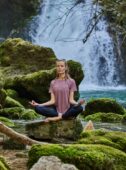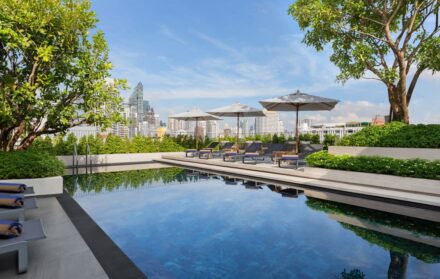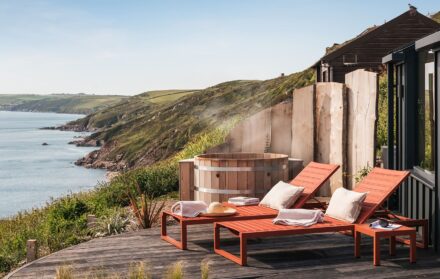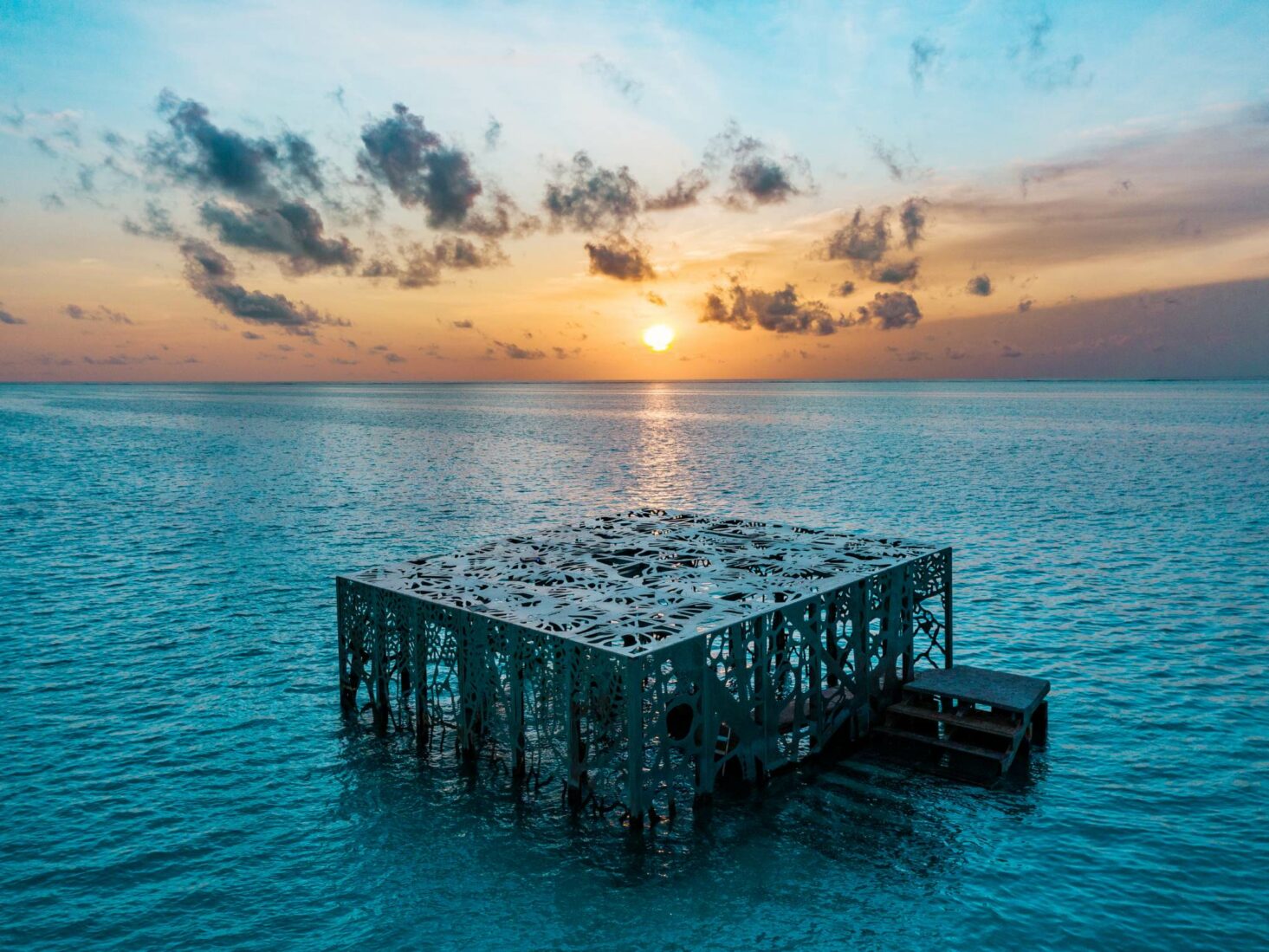
Going under: Is it too late to save the Maldives from climate change?
With 17 more resorts planned to open in the country by the end of 2021, can the Maldives’ precious ecosystems cope with the strain?
In 2009, the former President of the Maldives, Mohamed Nasheed, held a cabinet meeting underwater ahead of that year’s UN climate change conference in Copenhagen. It was a cry for help, a raising of the alarm for a country under threat. When asked what would happen if the conference failed, Nasheed responded simply: “We are going to die.”
The same year, Nasheed’s government also announced plans to become the first carbon neutral country by the year 2020, but in 2012 he was ousted in a coup, and successive administrations scrapped the plan. Now, years of political upheaval, alleged corruption, money laundering and abuses of power have hindered much of the progress that Maldivians were promised more than a decade ago.
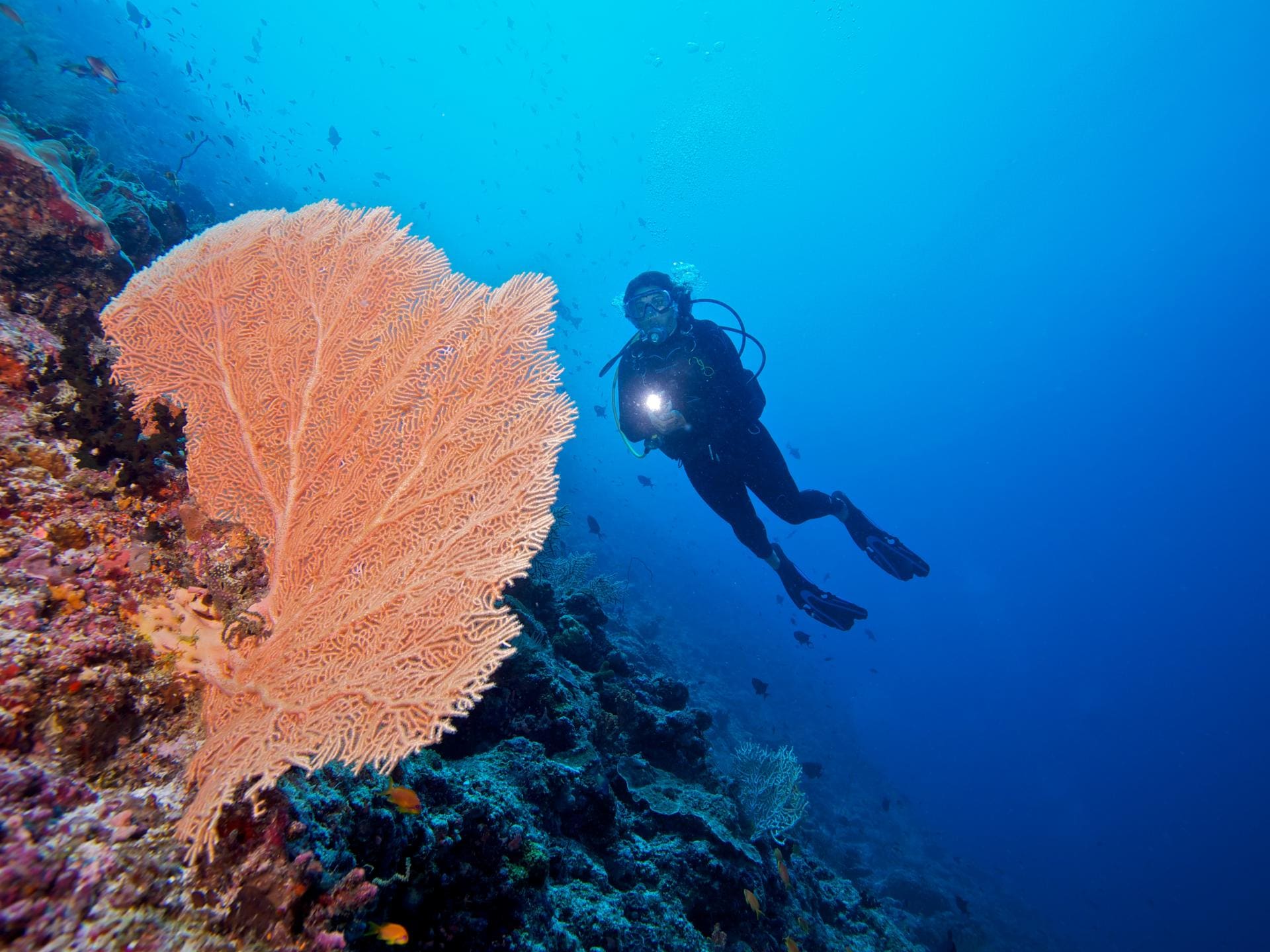
Best known for its postcard-perfect beaches and blue waters, the archipelago consists of 1,200 islands, of which 200 are inhabited and 150 are resorts. Global warming is causing rising sea levels, and with 80 per cent of the country less than one metre above sea level, the Maldives is particularly vulnerable. Which means so is its population, 80 per cent of whom live within 100m of the sea.
In response, the nation has turned to geo-engineering, building artificial and reclaimed islands such as the controversial Thilafushi, a landfill island purpose-built to cope with the country’s waste, and Hulhumalé, a settlement designed to relieve capital city Malé’s overcrowding and provide housing, development and job opportunities to Maldivians.
But this kind of land reclamation – achieved by pumping and transporting sand from the seabed – is problematic in itself, as it can destroy and choke existing reefs. It seems to be a sacrifice the nation is willing to make, with few alternatives, an increasing population and youth unemployment on the rise.
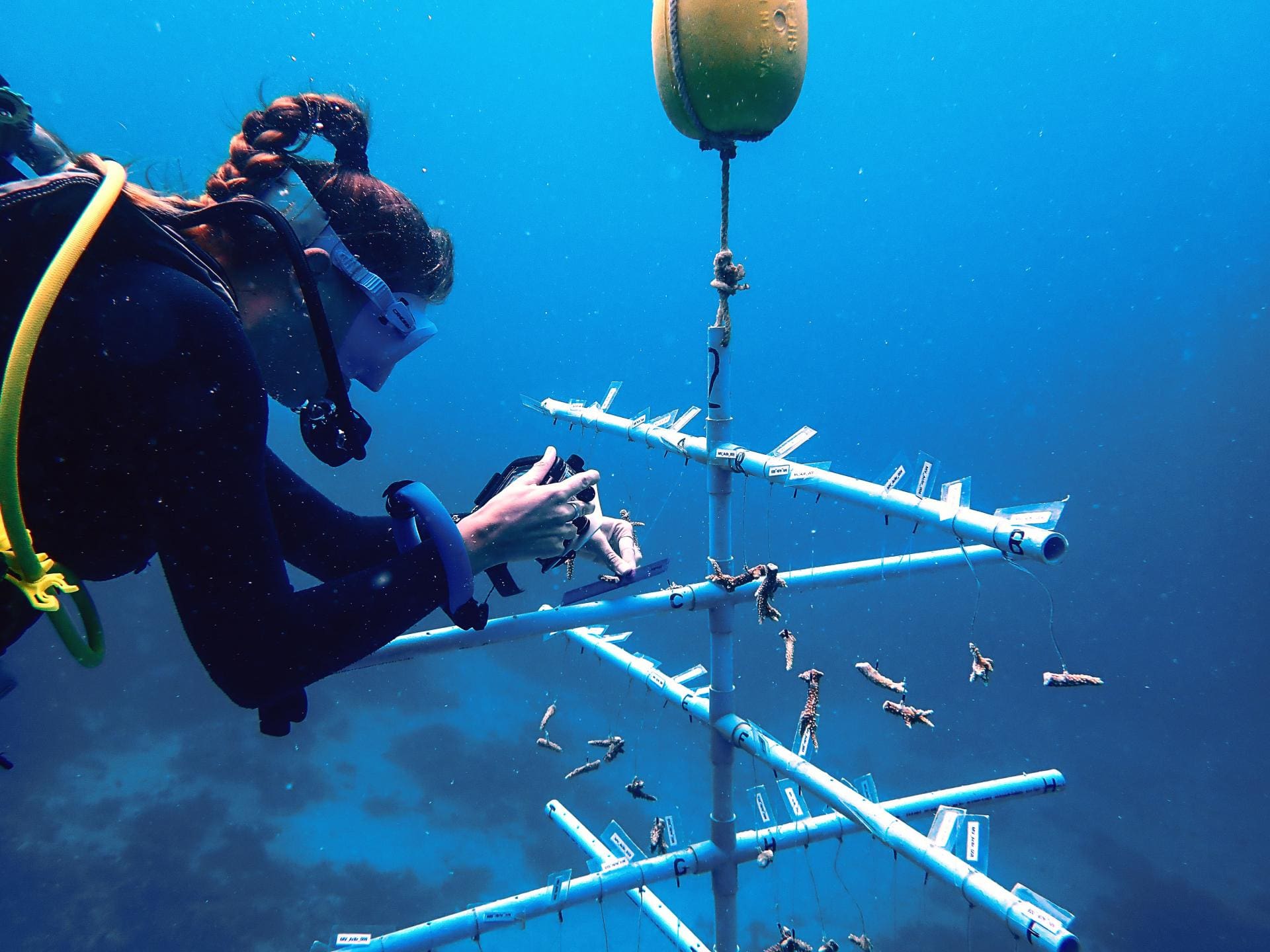
Not all development is welcomed by locals, and some are fighting back. Earlier this year, one community succeeded in its campaign to ‘Save Madivaru’ from being turned into a resort. They lobbied the government with the backing of marine biologists, who reported that if the North Ari Atoll’s coral reefs were allowed to degrade, it would cost locals roughly £125 million in lost revenue from tourism and fishing over three decades. Now, Rasdhoo-Madivaru is a marine protected area, and, in February 2020, the Ministry of Tourism introduced a points-based system to vet potential investors to ensure they are committed to sustainability.
While, ultimately, it is locals who will pay the price for the environmental damage being wrought upon the Maldives, it is a cost that shouldn’t be theirs alone to pay. On average a single tourist produces five times more rubbish than a Maldivian (excluding in Malé).
The archipelago attracts roughly 1.5 million tourists a year, enticed by five-star luxury resorts and incredible diving opportunities. But 17 more resorts are planned to open by the end of 2021, which will inevitably place even heavier strain on the very ecosystems the industry relies upon. From coastal erosion caused by construction to plastic pollution caused by improper waste disposal (one word in the local Dhivehi language for beach, gondhu doh, translates as ‘garbage area’), the Maldives are in desperate need of a lifeline.

Earlier this year, record levels of microplastics were found in the oceans there in a study by Flinders University. “Microplastics, especially in these densities, pose a huge threat because their size, colour and shape resembles many naturally-occurring prey items,” says the study’s author Professor Karen Burke da Silva. “Small organisms consume small microplastics, large organisms either consume the small organism or the larger microplastics… and it’s all being captured in the guts and flesh of these animals, causing huge health and wellbeing problems.”
Understandably, she’s sceptical of the government’s pledge to go ‘single-use plastic-free’ by 2023. It’s difficult to believe it’s not just another over-ambitious policy that echoes the naivety of previous administrations and doesn’t address issues such as the fact that 94 per cent of the country’s emissions still come from the burning of fossil fuels.
As a country, the Maldives is responsible for just 0.0003 per cent of the world’s total emissions. Yet the island nation and its ecosystems suffer disproportionately due to their size, remote location and vulnerability to events such as 2016’s El Niño, in which sea temperatures rose enough to damage reefs all over the world in one of the largest-recorded episodes of mass bleaching (where distressed coral expels crucial algae that provides more than 90 per cent of its food). Considered the most destructive El Niño since 1950, the 2016 event resulted in coral bleaching more than 60 per cent of sites in the Maldives.
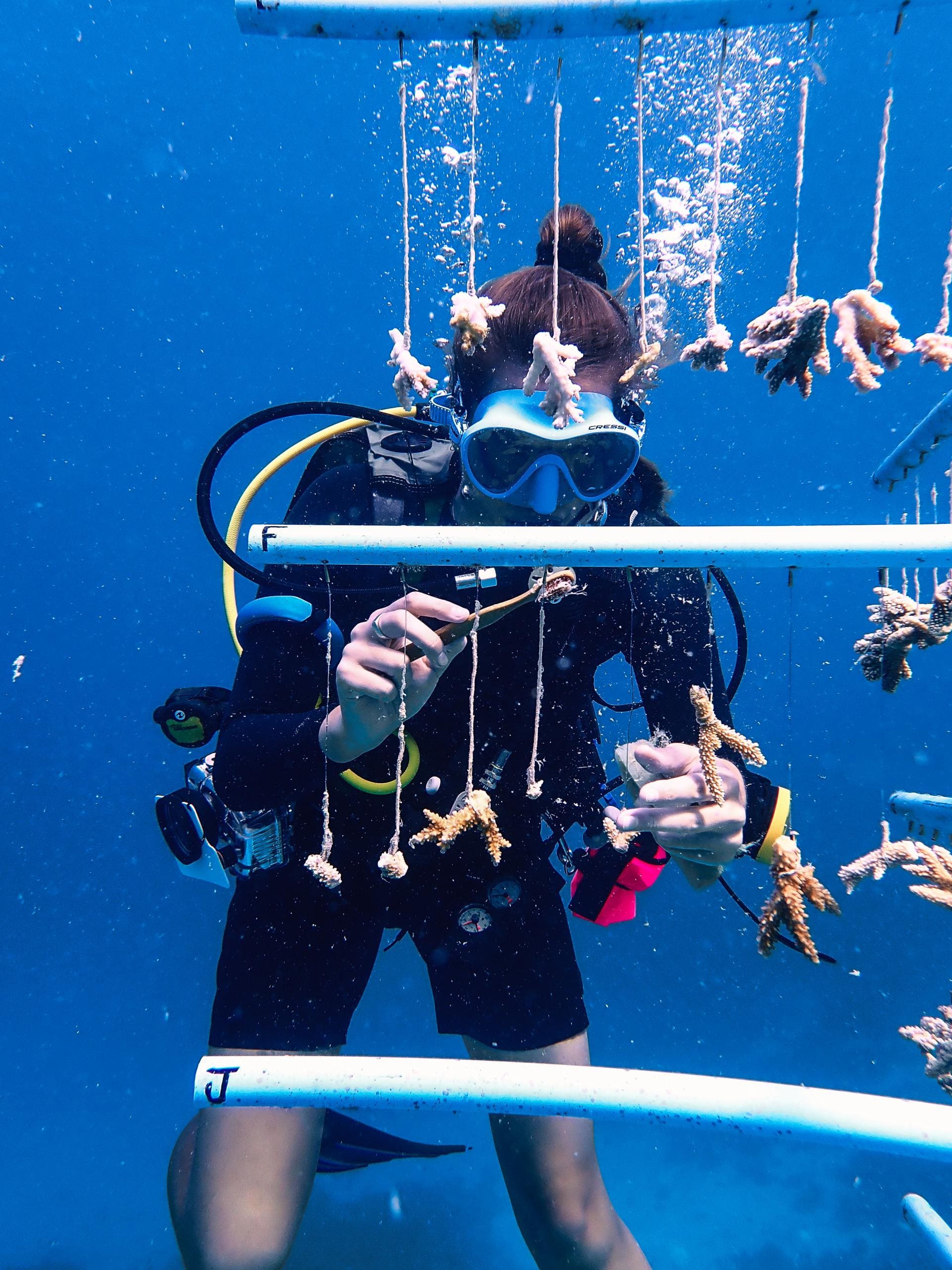
The reefs in the Maldives are more than just photogenic dive sites — they support more than 2,000 species of corals, reef fish, shells and crustaceans. As a result of the Covid-19 pandemic, it’s estimated that tourism in the Maldives won’t return to pre-pandemic levels until late 2022 — but return, it will. Sun-seeking travellers will leave their footprints in the sand, sea planes will take to the skies, boats of divers will drop anchor once again. The Covid-19 crisis will pass, but there’s no such guarantee we can reverse the damage of the more invisible threat: the climate crisis.
And it won’t just ruin our holidays — it’ll irrevocably ruin our economies and livelihoods, too. “I think, and hope, we’ll see greater linkage between tourism and biodiversity in the coming years,” says Justin Francis, CEO of Responsible Travel, which screens all its trips for their environmental and social commitments, “with the restoration, protection and rewilding of land and the sea bed.”
For a nation that depends almost entirely on its coastal and marine ecosystems for survival, it is these bio-networks that are suffering the most. Coral reefs, seagrass beds, mangroves, beaches and lagoons are rich in biodiversity, yet coral, fish and crustaceans are in decline. Is eco-tourism the answer? “Some of the most environmentally-friendly hotels are doing a great job reducing plastic pollution,” says Burke da Silva. “All hotels in the Maldives should currently be plastic free – no bottles, no straws, no wrapping, instead providing filtered water in glass bottles.”
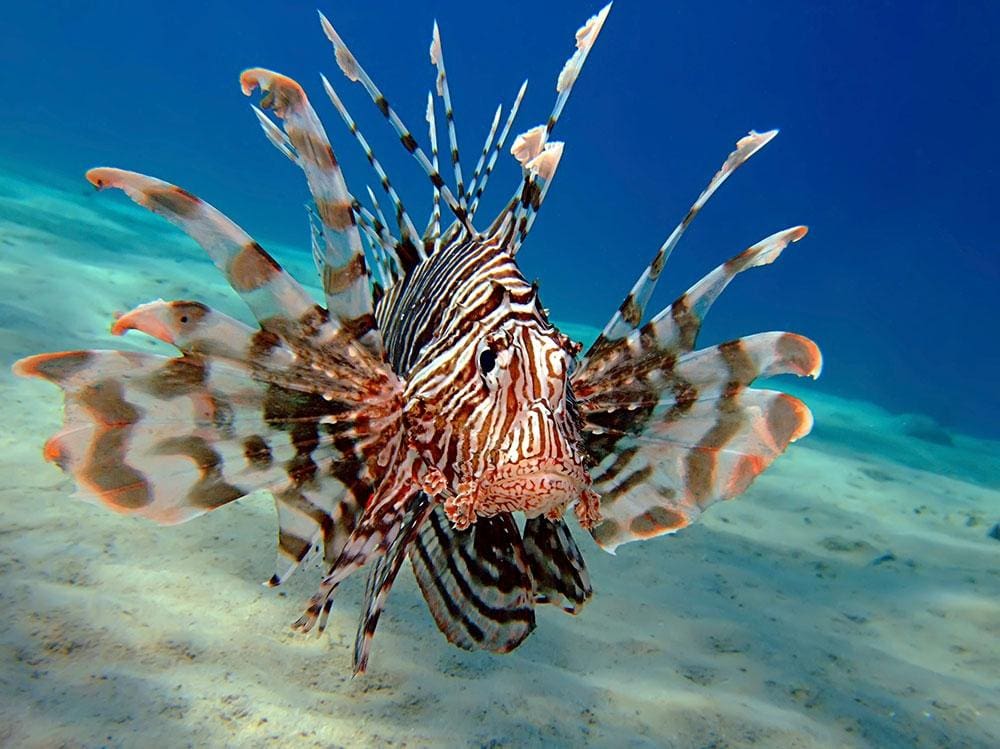
Many are optimistic that proactive travel can turn the tide, and not just on plastic. Responsible Travel designs trips that include litter cleanups and tree planting, with accommodation that works closely with Save the Beach, an NGO that also partners with Palm Beach Island Resort and Spa.
Resorts such as JOALI, Anantara and Velaa Private Island have launched reef regeneration projects with dedicated conservation centres and teams of marine biologists. Education by exposure is key — seeing the harsh contrast of a bleached reef next to a healthy one can turn a diver that knows about climate change into one that understands its effects; snorkelling with endangered turtles can inspire even the youngest swimmers to take their future seriously. As the islands’ existence hangs in the balance, the future of the Maldives is serious indeed.
Three hotels turning the tide in the Maldives
Hurawalhi Maldives
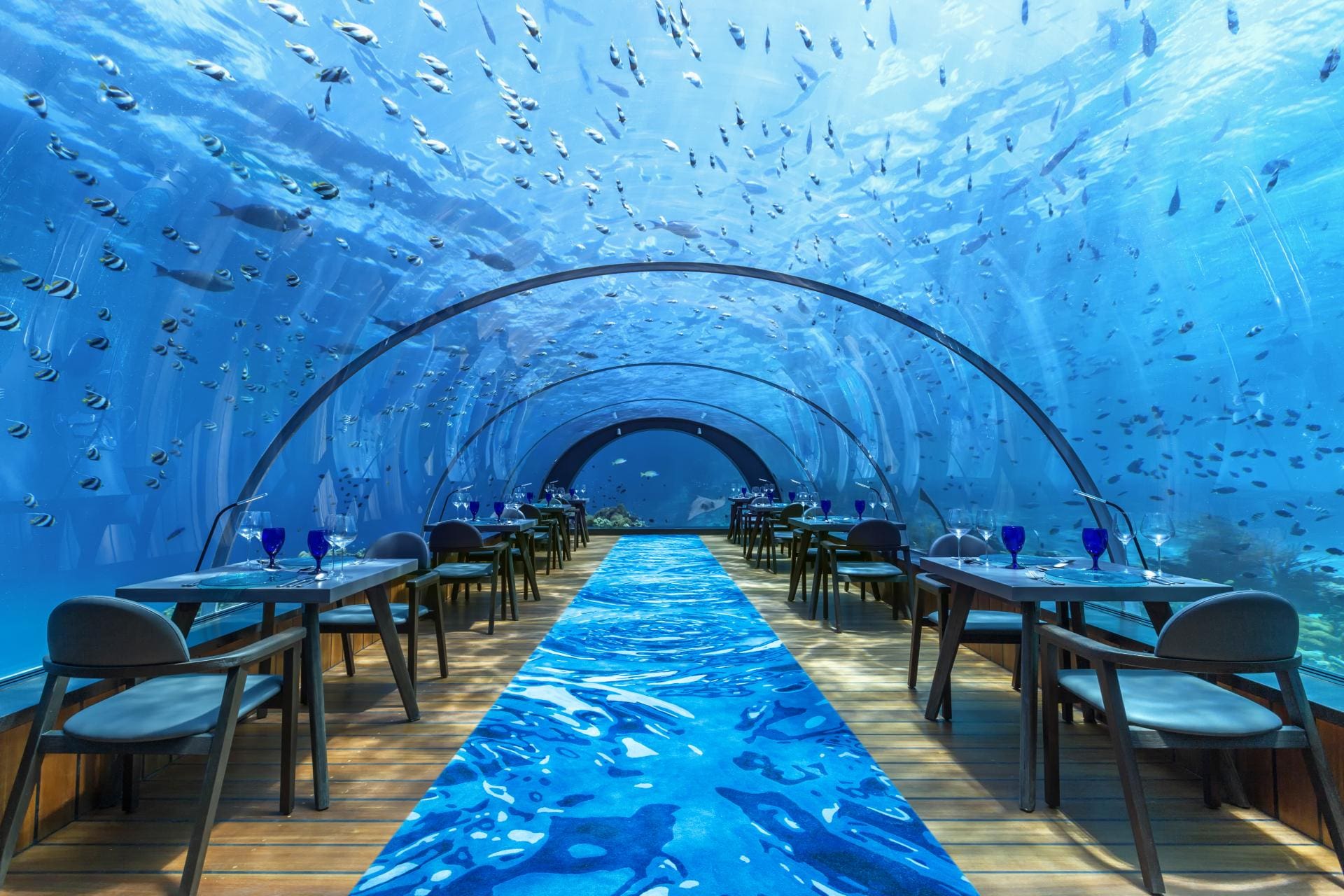
Hurawalhi sources more than half of its energy directly from solar panels on the island, so you can rest assured that while you soak up the rays, so will they. And speaking of rays, not only can you dive with eagle and mobulas at the 50 sites nearby, but dine with them, too, at the world’s largest underwater restaurant, 5.8, named after the number of metres it sits under the sea. You’ll find your attention torn between the Lhaviyani Atoll’s marine life and exclusive menus designed by guest chefs such as Stefan Heilemann. If you want to get in the water, not just under it, Hurawalhi also invites visitors to help with the coral re-growth programme and lagoon clean ups.
Doubles from £500 per night, bed and breakfast, hurawalhi.com
JW Marriott Maldives Resort & Spa
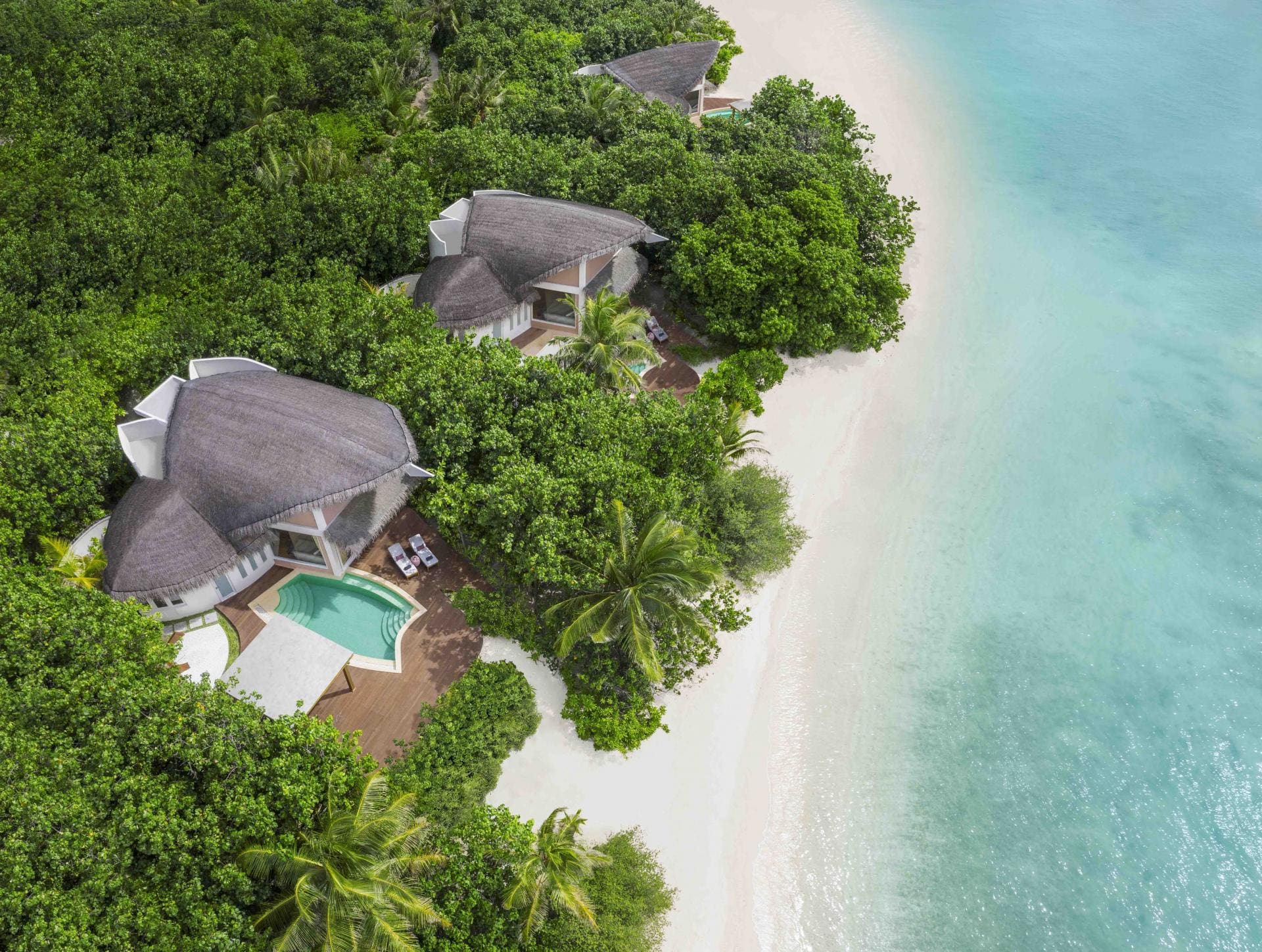
One of the Maldives’ newest resorts, JW Marriott is a family-friendly retreat on the Shaviyani Atoll. The in-house marine biologists work on maintaining the house reef, and also lead dives, snorkels and swims around the island, and the Kids’ Club helps little ones learn about the importance of marine life and how to protect it. Single-use plastic is banned, down to the last detail: toiletries are provided in refillable glass bottles, and amenities such as bamboo toothbrushes are wrapped in biodegradable packaging.
Doubles from £717 per night, bed and breakfast, marriott.co.uk
Kudadoo Maldives Private Island
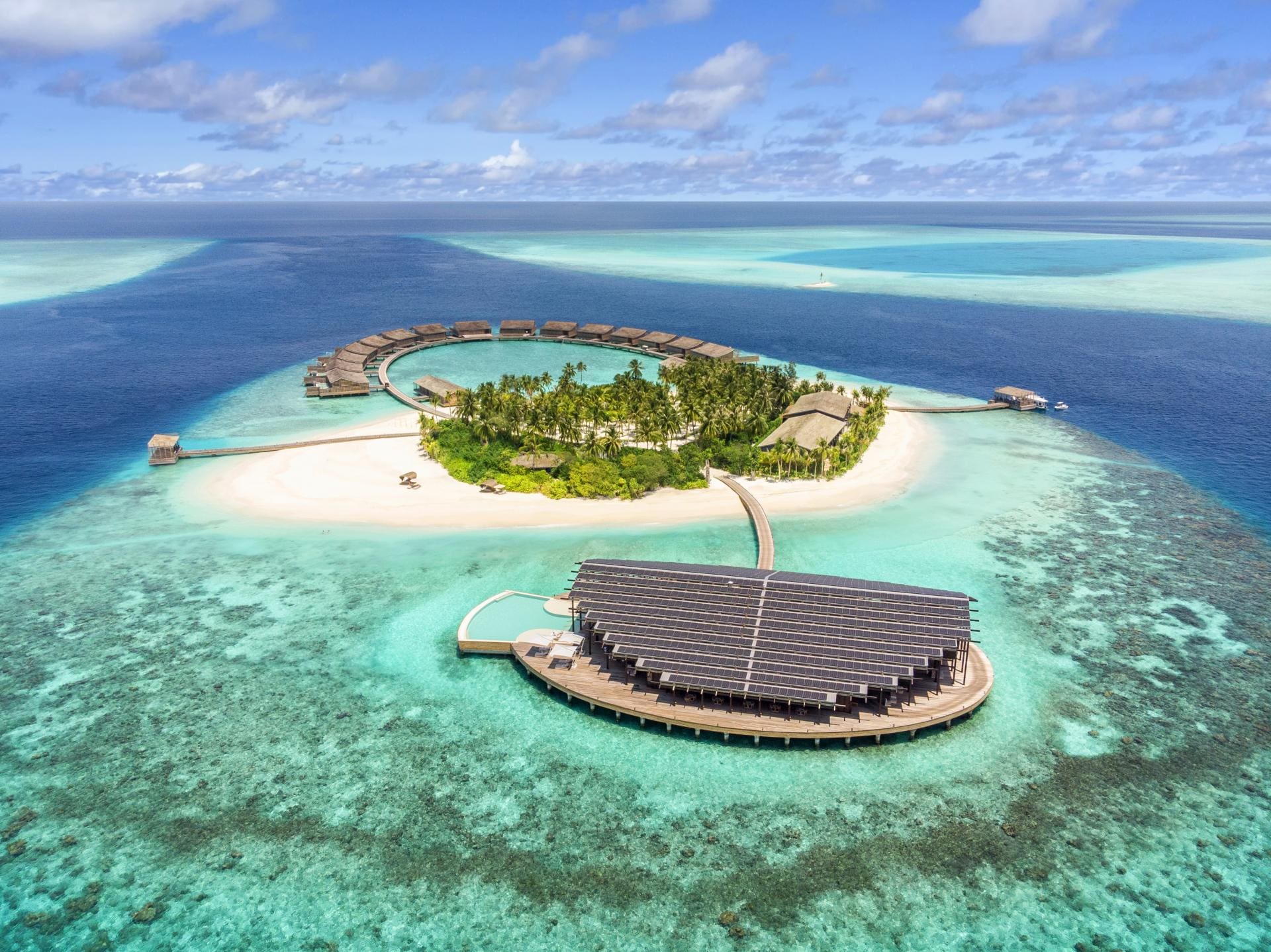
With just 15 overwater villas, Kudadoo maybe one of the smallest resorts in the archipelago, but it’s garnered a reputation as one of the leading hotels in the Maldives – or anywhere else for that matter. The resort’s ‘anything, anytime, anywhere’ approach is ultra-all-inclusive, with head chef Antoine Lievaux’s team ready to whip up your favourite dishes on a whim. The service is seamless and the resort is 100 per cent solar-powered and plastic-free. Guests get full access to neighbouring sister-resort Hurawahli, but with the Maldives’ first Himalayan salt chamber on site and jet skis on demand, why would you want to be anywhere else?
Doubles from £2,920 per night, fully inclusive, kudadoo.com
